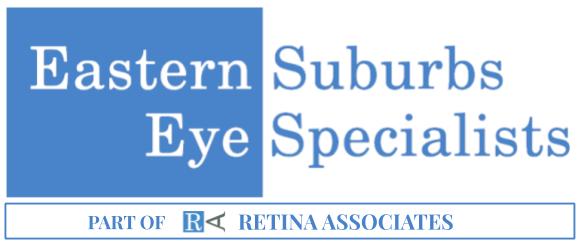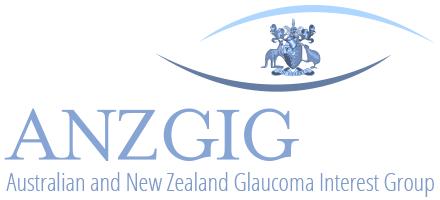Pterygium Assessment
Your ophthalmic surgeon will perform a comprehensive eye examination in order to diagnose and assess the severity of the Pterygium.
Your treatment depends on the size and extent of the Pterygium.
When there is a rapid growth of the Pterygium or where vision is threatened, your ophthalmologist may recommend surgical removal of the tissue.
What is the Best Treatment for Pterygium?
A Pterygium typically starts growing near the corner of the eye. It often extends onto the cornea, towards the pupil. Both eyes can be affected. A Pterygium may grow large enough to interfere with sight and can cause other visual symptoms.
Reasons for Surgical Removal
Pterygium is a condition that can:
- Affect your normal vision
- Cause irritation, tearing and discomfort
- Develop or increase a patient's astigmatic error
- Cause redness in appearance
- Contact lens interference
What is involved with Pterygium Surgery?
The latest advancement in Pterygium surgery is “Sutureless (No-stitch) Pterygium Surgery and Conjunctival Autograft”. This technique is similar to the traditional approach except no stitches are used to hold the autograft in place.
Instead, modern tissue adhesives made of human clotting proteins are used. The adhesives dissolve in a week with no residues and promote faster recovery. This method is considered to be very safe.
Sutureless Pterygium Excision and Conjunctival Autograft Surgery
During this procedure:
- The Pterygium is excised,
- The gap in the conjunctiva left by the removal of the Pterygium is filled with a conjunctival tissue graft (transplant from the conjunctiva underneath the upper eyelid).
- This graft is held in place with the use of a special glue or with fine sutures
- The purpose of an autograft is to cover the bare area and the graft acts as a barrier to recurrence, however, there is still a 5% chance of recurrence despite a perfect graft placement.
Recovery After Pterygium Surgery
Following surgery, you:
- may have soreness and irritation in your eye for the first 24 hours,
- will need to use eye drops
- may have redness of the eye which usually resolves over a few weeks,
In order to reduce the risk of recurrence, you will need to wear sunglasses when you are outdoors.
What are the Risks Associated with Pterygium Surgery?
Complications such as bleeding, infection, and decreased vision may rarely occur following Pterygium surgery.







